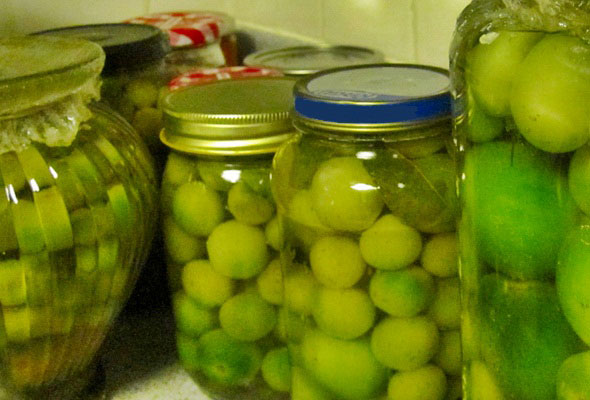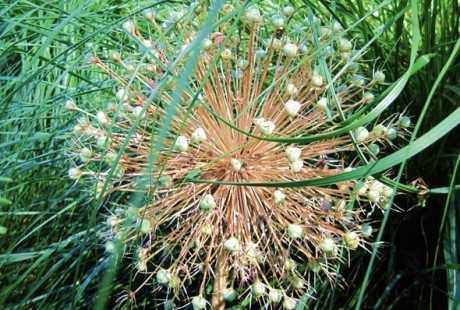Bulb Propagation
If you love root division, you’ll be happy to know that it works for bulbs too, via scaling, slicing, scooping and scoring.
Scaling is a propagation method that seems almost custom designed for lilies, whose bulbs “bloom” naturally, turning them into tiny clusters that look like artichokes. Scaling lily bulbs is the easiest propagation method available, you just dig them up, tease the scales gently apart and replant them in the desired location.
I hesitate to dig up my lilies, because if they manage to make it through the winter without being eaten I consider it enough of a blessing and would not dream of jinxing my luck. It so happens that lily bulbs are a squirrel and rabbit food delicacy.
For onion shaped roots, like those of daffodils and hyacinths, slice the bulb vertically into equal pieces that have a small portion of the root attached, soak them in a fungicidal solution, place them in a closed zipper bag with moist vermiculite and keep them in a warm dark place for three months. When they start forming little bulbils at the end, they are ready to plant.
The most unusual method of bulb propagation is called scooping, or scoring, and it is used for hyacinths. Take a large dormant bulb, scoop out the basal plate without disturbing the scales, or alternately score and remove radial portions of it, and plant it in moist sand to about half the height of the bulb, with the scooped out portion facing up. Keep them in a warm, dark place and make sure the sand stays consistently moist. After three months the scooped out portion will be covered with bulbils, which can be easily detached and planted.




 Previous Post
Previous Post Next Post
Next Post




